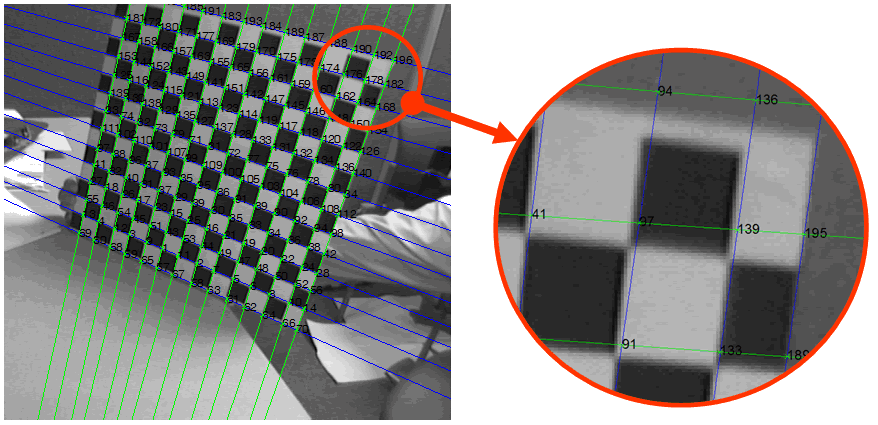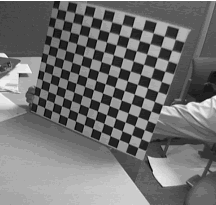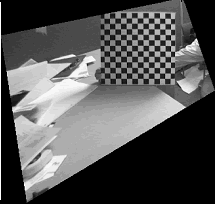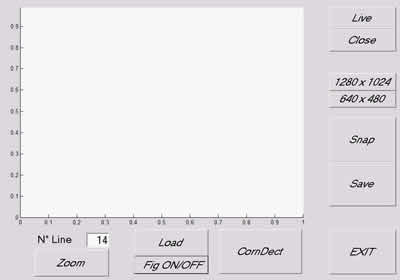|
Research Interests:
Signal, image/video processing and communication, computer vision, medical imaging;
Multi-dimensional scanning, 3D measurement and other multimedia applications;
Camera calibration methods and Computational Geometry;
Computer graphics/animation and image based rendering;
Medical Imaging & Biomedical Instrument Development;
Past Research:
Subpixel measurement of target displacement
Optical Flow
Stereo disparity
Image filtering
 Current
Research:
Current
Research:
3D Scanning of moving objects based on "one snap" FTP methods;
Fully Automated cameras calibrations methods;
Chessboard grid calibration based on a double Radon Transform.
Colour Space Transformation;
3D Scanning of moving objects based on "one snap" FTP methods
The 3D scanners are gaining huge spreading in the market today, but the great majority of them can only scan surfaces of stationary objects.
The innovation of the project consists in extracting the surface skin of an object without imposing it to stop.
The calibration grid
The scanner
You will find here following some preliminary results:
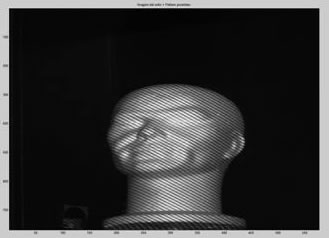

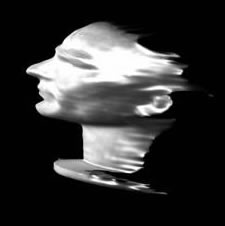
The otput with the texture
Click on The image to enlarge it !
The Vrml file of the output is about 19MB
even zipped it was to big to link here,
If You need It please e-mail me
Chessboard grid calibration based on a double Radon Transform
The goal of this work was:
Minimize the time needed to calibrate a 3D FTP Scanner
automatizing the Calibration Process
Create a robust algorithm
insensitive to the aberration caused by the lenses
insensitive to generic backgrounds
When the scanner is calibrated?
Camera & Projectors
- Intrinsic parameters:
o Focal length
o Principal point
o Skew coefficient (angle between the x and y pixel axes )
o Distortions (radial and tangential)- Extrinsic parameters:
o Rotations
o Translations
Innovation of the method
Improvements
It can extract corners even if the chessboard is partially occluded or if the corners are outside the image
It can exclude all the corners which are not on the chessboard
The Double Radon Transform
.gif)
.gif)
The Klaus Kohlmann algorithm
It consists in a 2D Hilbert transform
Limit of the Algorithm
applicable only in the range from - 5° to 5° rotations
.gif)
Combining the two algorithms potentialities
In this case DRT is fundamental to give a good estimate of the reference frame connected to chessboard grid
Computing than a suitable prospective transform to obtain the edge of the grid be parallel to the axis image
Than Klaus Kohlmann algorithm will give us the right estimation of the corners positions with subpixel Accuracy
Example:
Click on the image to open the movie
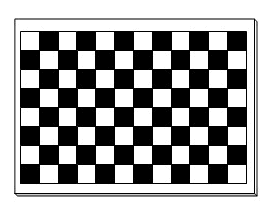
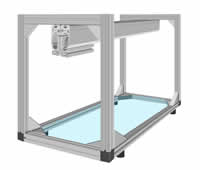
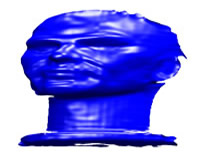
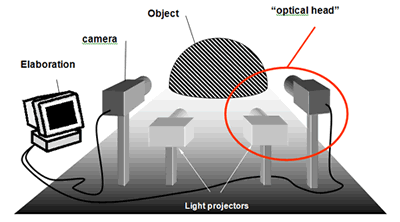
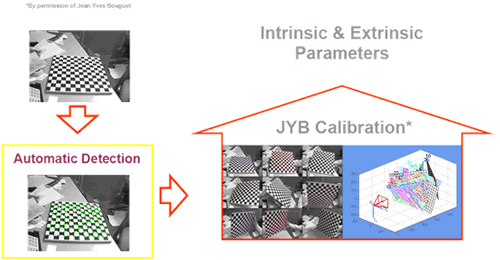
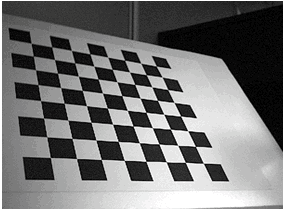
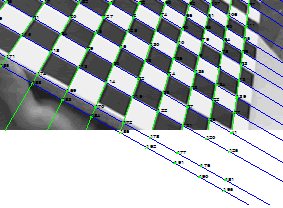
.gif)
.gif)
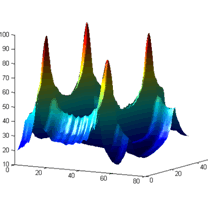
.gif)
